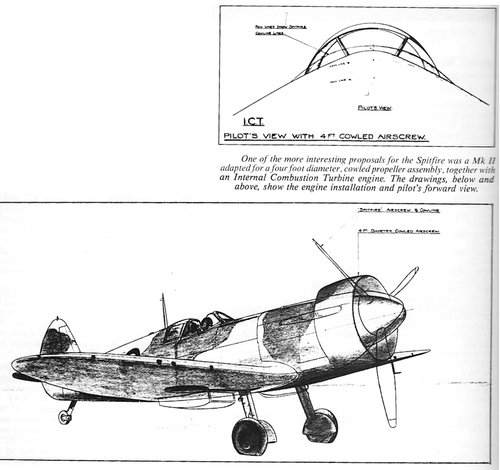I never considered those points!
I have to admit I never properly considered the Cessna Centurion, only the phrase 'light plane'. Looking it up, it's not that much smaller than a Spitfire, and the Merlin, though a V-12, was only 27 litres and not a huge engine. It would hardly tip on its nose with a tricycle undercarriage, would it? Doesn't do to shoot from the hip. Interesting to know which version of Merlin Greenamayer had in mind.
On the other hand, both sets of factors do apply, even if you work them out by experience and 'feel'. I don't suppose ice skaters doing pirouettes worry too much about the laws of friction and angular momentum, but they still apply, and apart from trial and error you would have to consider them to design a completely new kind of skate.
Some one pulled a April Fools Joke on you!
Hah!
Hah!
Gross weight on a Cessna 210 is only 4,000 pounds with the stock engine. Velocity never exceed is 197 knots.
A few companies (Soloy, Riley, Eagle, Van Pray, etc.) have developed supplementary type certificates to up-engine Cessna 205, 206, 207 and 210, but the most powerful was the 500 hp Pratt & Whitney PT6A offered by Riley.
I have jumped both the Turbine 206 and 207 conversions by Soloy. Soloy raises the pr0p shaft to the very top of the cowling to maximise prop clearance and turn a slower prop - to reduce noise.
Trivia, Soloy's conversion is the only 207 allowed to fly on floats, because it is under-powered with only the stock 6-cylinder, piston engine.
No one has ever converted a Cessna 200 series airplane for a 400 hp. Lycoming IO-720 because the engine is too heavy.
April Fools!


















